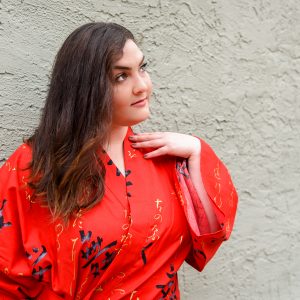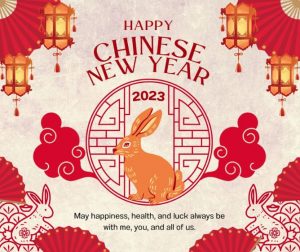Watch Out For Imitation Japanese Kimonos
Japanese kimonos are iconic and versatile garments. Discovered centuries ago, they are as popular as ever today. With their bright, vibrant designs and intricate patterns, it’s no wonder they are worn in so many countries. Unfortunately, with the popularity, comes the rise of knock-off kimonos on the market. It can be difficult to distinguish between authentic and fake kimonos. Thankfully, with a few tips and tricks, you can easily tell the difference between an authentic Japanese kimono and a knock-off.
Authenticity Matters
When it comes to buying a Japanese kimono, authenticity matters. Authentic kimonos are made from high-quality materials such as cotton or silk. Some even feature traditional embroidery using time-tested techniques and intricate details that are difficult to replicate with mass-produced manufacturing methods. Furthermore, authentic Japanese kimonos come with traditional accessories such as obi or sashes. Fake kimonos often lack quality and may be made from cheap materials. These robes won’t stand up to normal wear and tear.
Buy From a Direct Importer
The best way to find an authentic Japanese kimono is to buy directly from a Japanese importer. There are several reputable retailers in the USA. These companies specialize in offering genuine kimonos at affordable prices. When shopping online for a Japanese kimono, make sure you look for the “Made in Japan” tags or labels on the product page. This will help ensure you receive an authentic product rather than a cheap imitation. Additionally, when buying directly from a reputable dealer, you will find unique designs not available anywhere else!
Be Cautious on Sites like Amazon & Etsy
When shopping for a Japanese kimono online, it is important to use caution on sites like Amazon or Etsy. There is often little oversite of the claims that are made. Some of the “Japanese” items found on these sites are knock-offs. They are produced in China, Bali, and other countries that tend to exploit labor. Factories often lack quality control or even basic safety standards. Additionally, some sellers take advantage of unsuspecting customers by charging exorbitant prices for low-quality items. Low-cost labor and inferior-quality fabrics equal a larger profit for the dealer.
Misleading Advertising
We conducted an online search for Kimonos, and a reseller on Amazon appeared. The ad clearly stated Japanese Kimonos, Japanese Robe, and Women’s Japanese Kimono. If you looked carefully at the ad, further down we saw a line with Japanese-Style Kimono. This was our tip-off. We have never seen a listing for an authentic Japanese Kimono with the phrase Japanese-Style. It is redundant and isn’t applicable. This is only used to suggest it is truly Japanese.
We clicked on the ad and sure enough. When we dove into the description we found the following: Country of Origin: China. Fabric Type: 100% Polyester. These dealers provide misleading information before the purchase. For this reason alone it is best to stick with experienced, long-term USA dealers. These businesses stand behind service, quality, and customer satisfaction. If you want an authentic Japanese kimono experience, purchase kimonos and yukatas made in Japan but sold in the USA.
Another tip to discern if a kimono is authentic is to read through reviews. Whether it is Etsy, eBay, or Amazon, we often find similar complaints about shipping times, lack of customer service, and incorrect sizing. Another common complaint is receiving a print that didn’t match what was advertised. The most common issue we hear from their customers is poor quality.
Customers Speak Out
Here are a few reviews we spotted on Amazon listings: “Not worth the price”, “False advertising”, and “parts of the seam unstitched.” Others read, “poor fit and cheap fabric”, and “not at all what I was expecting.” “The pattern isn’t what is shown in the listing.” As we read more reviews, it didn’t get much better, “Ill-fitting polyester, zero comfort.”
Going further down the line, we found, “The texture of the fabric is not at all soft.” “Now I know why it was only $20.00, you get what you pay for.” “Looks like something mass-produced in China for $2.” “This cheap kimono is nowhere near the quality I paid for another kimono. Now I know why the other one cost two and a half times as much. Buyer beware.”
In conclusion, when it comes to buying an authentic Japanese Kimono it pays to do your research. Make sure you know what kind of fabric you desire. Read ads and reviews thoroughly. Shop for genuine pieces from reputable dealers. We recommend buying from retailers in the USA. Many customers report issues when purchasing online from Japanese dealers directly. By working with a USA-based company, returns and shipping are straightforward. Communication is easy and there is no language translation gap.
One dealer entering into their 29th year in business is Chopa.com. They began in 1994 and are still a leading provider of authentic kimonos and yukata robes. By following these tips you can rest assured knowing your new outfit is genuinely made in Japan!

Authentic Kimonos are above the rest.






